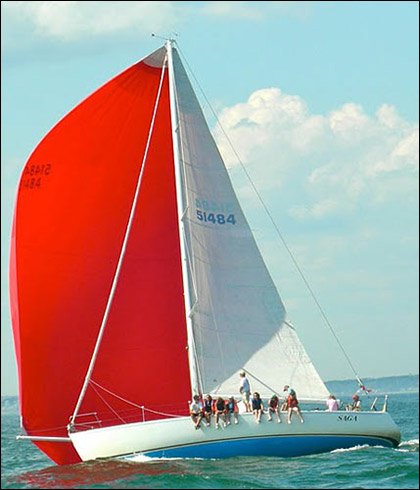When it comes to sailing, one of the most crucial elements of your sailboat is, undoubtedly, the sail itself. Your sail is not just a piece of cloth; it’s the engine that propels your boat through the water, harnessing the power of the wind. In this comprehensive guide, we will delve into the world of sails for sailboats. Whether you are a seasoned sailor or a novice setting out on your maiden voyage, understanding the ins and outs of sails is essential for a safe and enjoyable sailing experience.
The Anatomy of a Sail
Before we dive into the different types of sails and their uses, let’s first familiarize ourselves with the anatomy of a sail. Understanding the various parts of a sail will help you grasp their functions better.
1. Sailcloth
The sail’s fabric, typically made of materials like Dacron, Mylar, or laminate, forms the body of the sail.
2. Luff
The forward edge of the sail, which is attached to the mast, is called the luff. It’s essential for controlling the sail’s shape and position.
3. Leech
The trailing edge of the sail, known as the leech, plays a crucial role in determining the sail’s aerodynamics and power.
4. Foot
The bottom edge of the sail is called the foot. It connects to the boom and helps control the sail’s shape.
Types of Sails
Now that we have a basic understanding of sail anatomy, let’s explore the various types of sails commonly used on sailboats.
1. Main Sail
The main sail is the primary source of propulsion for most sailboats. It is typically triangular in shape and is hoisted on the main mast.
2. Jib
The jib is a smaller sail that complements the main sail. It attaches to the forestay and helps balance the boat.
3. Genoa
A genoa is a larger jib that offers increased sail area for better performance in lighter winds.
4. Spinnaker
For downwind sailing, a spinnaker is a specialized, colorful sail that captures the wind’s force to propel the boat forward.
Choosing the Right Sail
Selecting the appropriate sail for your sailboat and the conditions you’ll be sailing in is critical. Here are some factors to consider:
1. Sailboat Type
The type of sailboat you own will influence the choice of sails. A racing sailboat may require different sails than a cruising sailboat.
2. Sailing Conditions
Consider the typical weather and wind conditions in your sailing area. Different sails perform better in varying conditions.
3. Skill Level
Your sailing experience will also impact your sail choice. Novices may opt for simpler sail setups, while experienced sailors might experiment with more specialized sails.
Sail Care and Maintenance
To ensure your sails have a long and productive life, proper care and maintenance are essential. Here are some tips:
1. Regular Inspection
Inspect your sails for wear and tear regularly. Look for signs of damage and address them promptly.
2. Cleaning
Clean your sails with fresh water after each use to remove salt and dirt. Periodic washing with mild soap can help maintain their condition.
3. Storage
Store your sails in a dry, cool place, away from direct sunlight. Rolling or folding them properly can prevent creases and damage.
Conclusion
The Sail Store are the heart and soul of any sailboat. Understanding their types, functions, and care is vital for a successful and safe sailing experience. With the right knowledge and proper maintenance, you can set sail confidently, harnessing the power of the wind to embark on unforgettable adventures.


